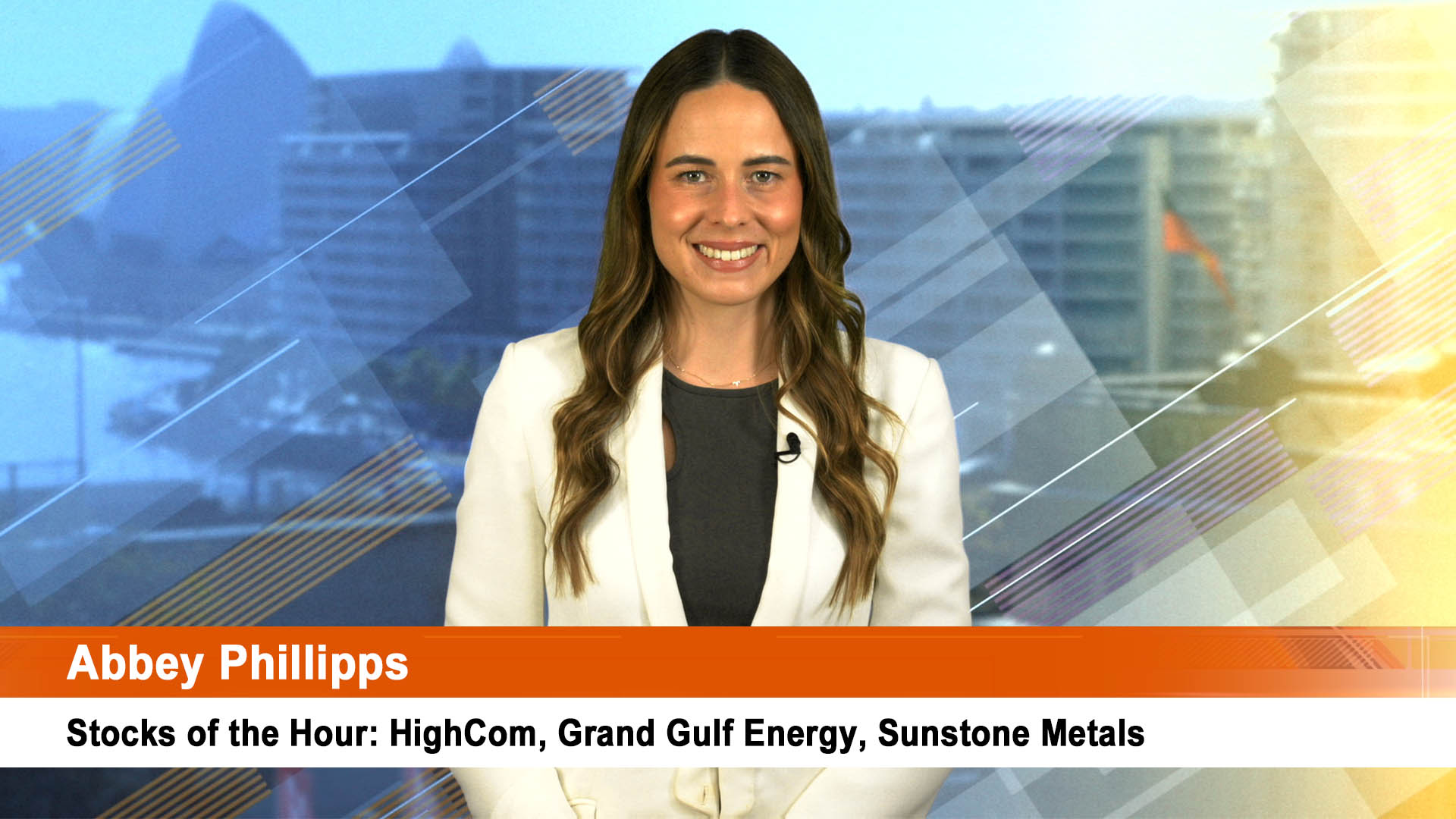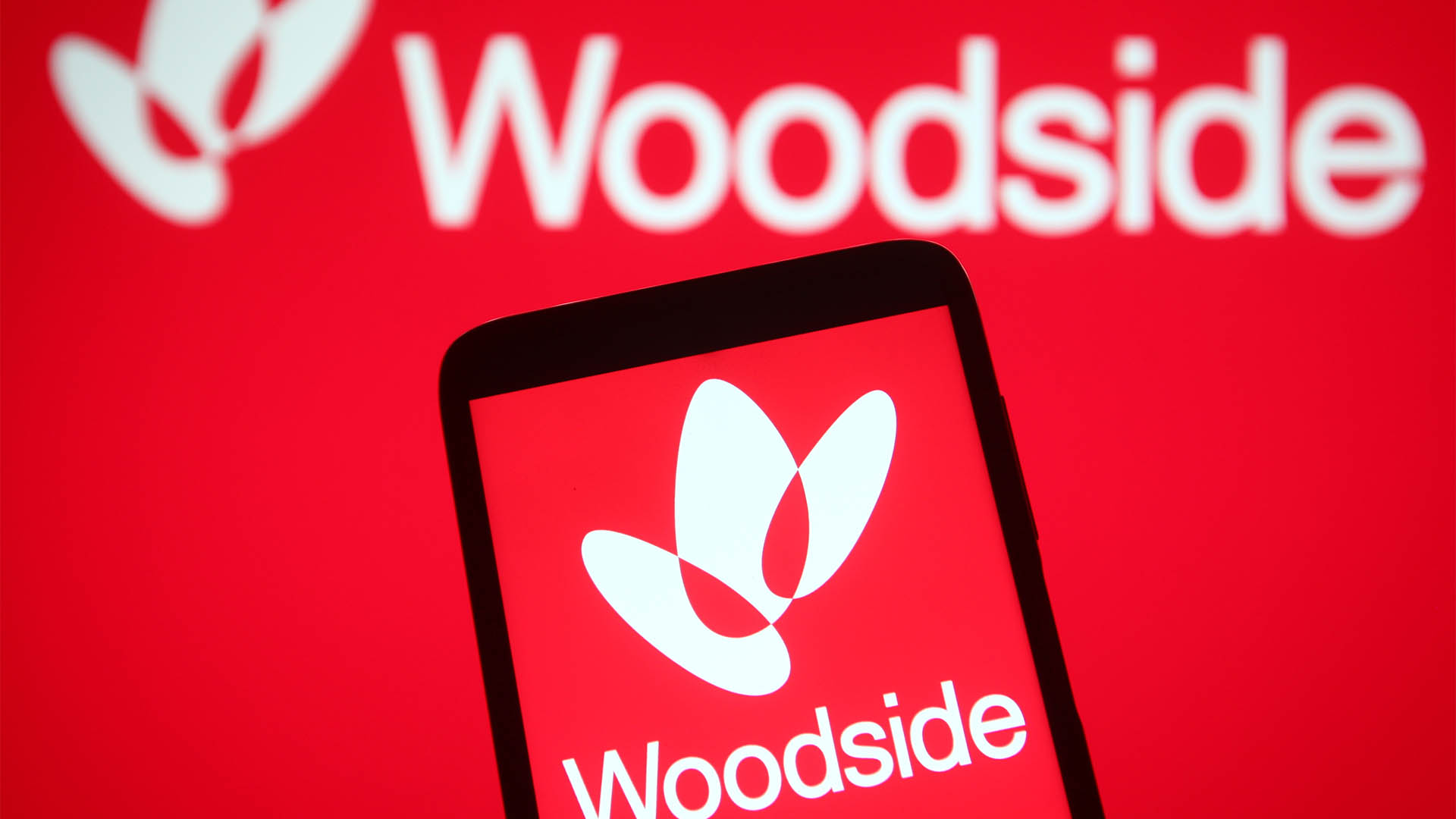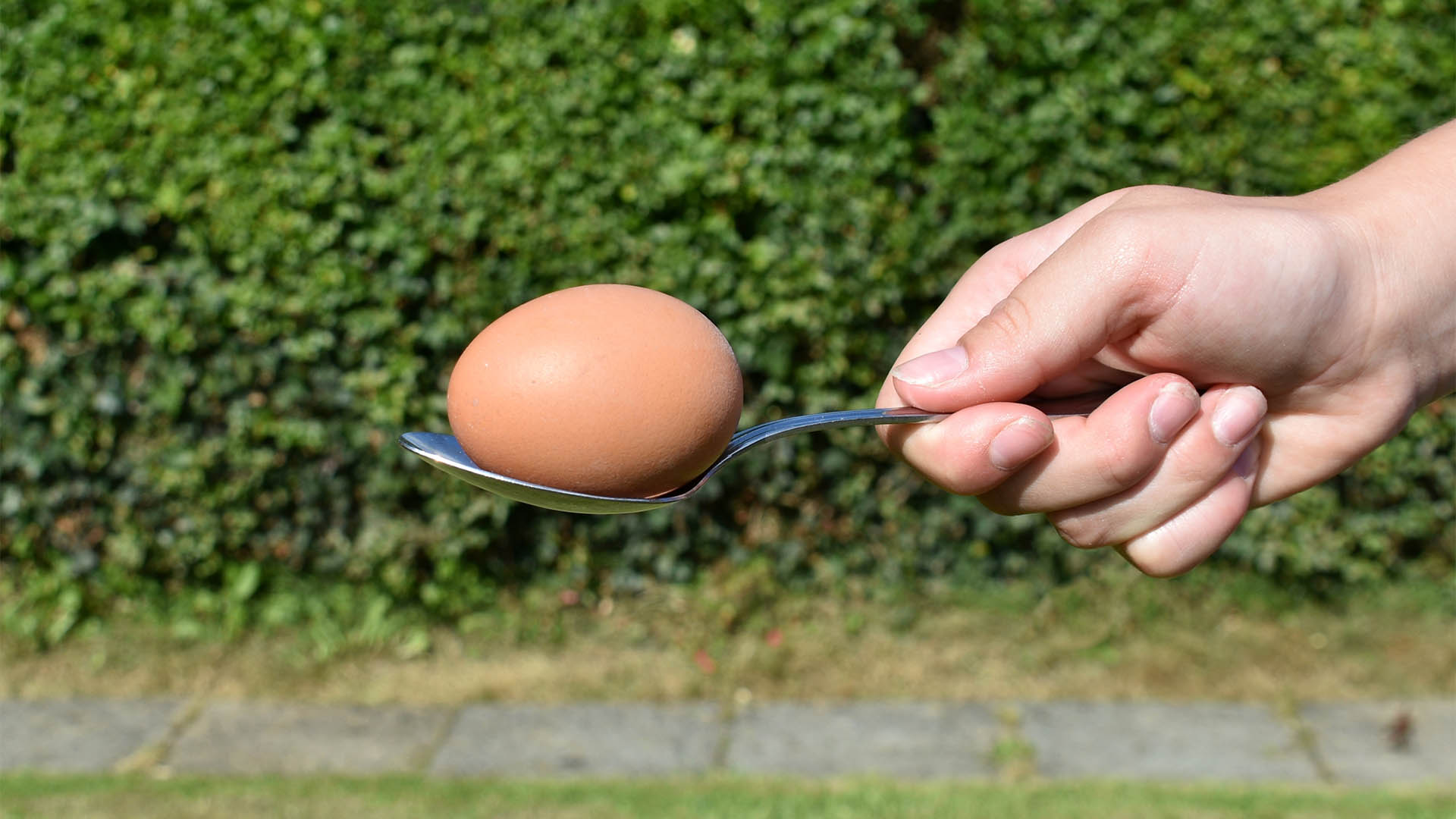Move on, nothing to see here. Interest rates are not going anywhere soon.
The Reserve Bank board has kept its cash rate on hold at a record low of 1.5% for the 13th consecutive month, amid a host of signs that the economy is picking up. Car sales data for August showed yet another rise as sales of commercial vehicles picked up strongly.
"The low level of interest rates is continuing to support the Australian economy. Taking account of the available information, the Board judged that holding the stance of monetary policy unchanged at this meeting would be consistent with sustainable growth in the economy and achieving the inflation target over time,” Governor Phillip Lowe concluded his usual post meeting statement with an unchanged outlook.
Figures out yesterday on the trade accounts (via the current account data for the quarter) and government finances) showed stronger than forecast growth – offsetting the weak data on company profits and business inventories the day before.
For that reason some economists are saying the June quarter GDP figures later today could show quarter on quarter growth of 0.7% and 1%.
That’s despite a 6% slide in the terms of trade in the June quarter, which will negatively impact national income.
The post meeting statement from Governor Lowe was more upbeat than previous missives have been. The RBA seems to be more confident the economy is doing better than previously thought. The statement was more direct and less qualified.
"The recent data have been consistent with the Bank’s expectation that growth in the Australian economy will gradually pick up over the coming year. The decline in mining investment will soon run its course. The outlook for non-mining investment has improved recently and reported business conditions are at a high level.
"Residential construction activity remains at a high level, but little further growth is expected. Retail sales have picked up recently, although slow growth in real wages and high levels of household debt are likely to constrain future growth in spending.
"Employment growth has been stronger over recent months and has increased in all states. The various forward-looking indicators point to solid growth in employment over the period ahead. The unemployment rate is expected to decline a little over the next couple of years.”
The news had no impact on the value of the Aussie dollar – despite post meeting statement pointing to the difficulties the rising currency posed for the Australian economic recovery.
Wage growth remains low. This is likely to continue for a while yet, although stronger conditions in the labour market should see some lift in wages growth over time. Inflation also remains low and is expected to pick up gradually as the economy strengthens.
"The Australian dollar has appreciated over recent months, partly reflecting a lower US dollar. The higher exchange rate is expected to contribute to the subdued price pressures in the economy. It is also weighing on the outlook for output and employment. An appreciating exchange rate would be expected to result in a slower pick-up in economic activity and inflation than currently forecast.”
Car industry sales figures for August showed a better than expected outcome with a record figure for the month. It was the 4th monthly increase in a row.
The August result of 96,662 was 1.8% more than for the same month last year and continues the industry’s steady growth year to date, with a 0.6 per cent increase over the first eight months of 2016.
Industry sales over the eight months to the end of August totalled 788,968, compared with 784,380 for the same period in 2016.
Comparing the August outcome with that of the corresponding month in 2016, sales of small SUVs grew significantly by nearly 23%, and medium SUVs by 14% Light passenger cars also showed firm growth with a 7% rise.
Light commercial vehicles were also strong contributors to the August total. Sales of pick-up and cab-chassis 4X4s (favoured by business and small tradies) jumped 23% over the same month last year, and two-wheel drive models increased by 2.7%.
Every state and territory except Tasmania saw increased sales over August 2016. The ACT showed the strongest growth at 9.4%, followed by Western Australia with a 4.2% increase, Queensland (+3.5%), Northern Territory (+2.6%), Victoria (+1.7), NSW (+1.1%) and South Australia (+0.1%). WA and Queensland were the states most impacted by the mining downturn with demand dropping sharply in both states in the past year or more.













